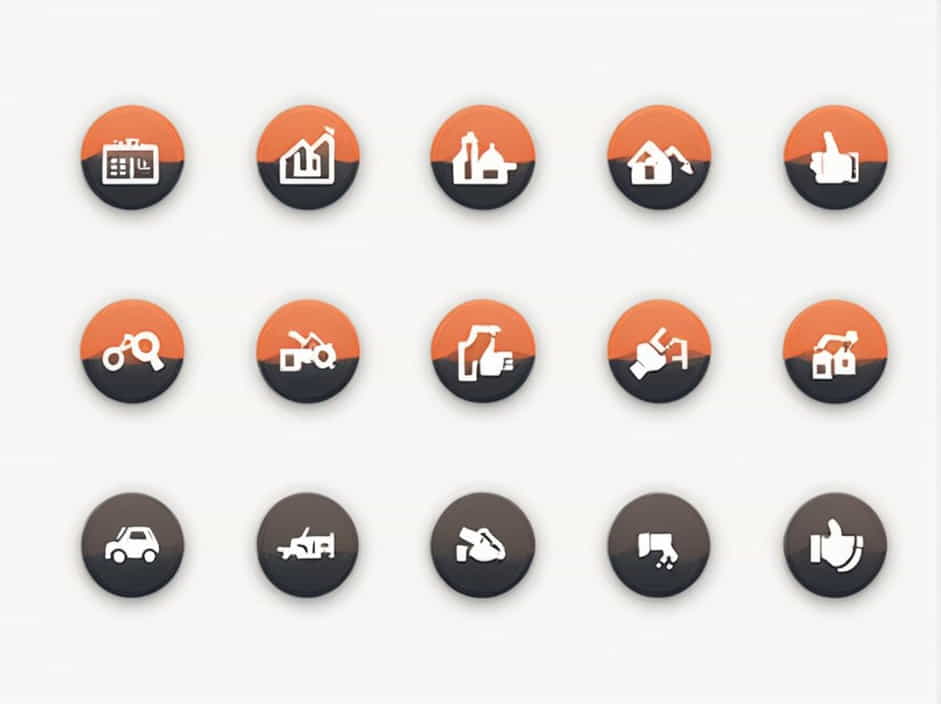In control systems, overshoot is a crucial concept that affects system stability and performance. It occurs when the system output temporarily exceeds its desired final value before settling down. While some overshoot is often inevitable, excessive overshoot can lead to instability and inefficient operation.
Understanding overshoot in control systems is essential for designing efficient controllers that balance speed, accuracy, and stability. This topic explores the causes of overshoot, its impact, and methods to minimize it in different control applications.
Understanding Overshoot in Control Systems
Overshoot refers to the amount by which the system output exceeds the desired setpoint before stabilizing. It is commonly seen in step response analysis of dynamic systems, especially in second-order systems.
Key Definitions Related to Overshoot
- Setpoint: The desired value the system aims to achieve.
- Transient Response: The behavior of the system before it reaches steady state.
- Steady-State Response: The system behavior after transient effects disappear.
- Peak Value: The maximum value reached by the output before settling.
- Percentage Overshoot (PO): The ratio of the overshoot to the final value, expressed as a percentage.
The percentage overshoot is calculated as:
where Y_max is the peak value and Y_final is the steady-state value.
Why Does Overshoot Occur?
Overshoot is a natural consequence of inertia and energy storage elements in a system, such as inductors, capacitors, or mechanical masses. It occurs due to:
1. System Dynamics and Natural Frequency
Most control systems have inertia that prevents immediate changes in output. When a system receives a sudden input (like a step change), it reacts with oscillations due to its natural frequency.
2. Controller Action and Gain Settings
The controller’s proportional, integral, and derivative (PID) gains influence overshoot:
- High proportional gain (Kp): Increases system response speed but may cause overshoot.
- Integral action (Ki): Helps eliminate steady-state error but can worsen overshoot.
- Derivative action (Kd): Reduces overshoot by damping oscillations.
3. System Damping Ratio (ζ)
The damping ratio ζ determines how oscillatory the system response is:
- Underdamped (ζ < 1): High overshoot and oscillations.
- Critically damped (ζ = 1): Fastest response with minimal overshoot.
- Overdamped (ζ > 1): No overshoot but slow response.
Effects of Overshoot in Control Systems
Overshoot can have both positive and negative impacts, depending on the application.
1. Negative Effects of Overshoot
- System Instability: Excessive overshoot can cause continuous oscillations or even instability.
- Component Damage: In mechanical and electrical systems, high overshoot can exceed design limits, leading to failures.
- Unwanted Transients: Overshoot in temperature control, robotics, or automation can lead to undesired fluctuations.
2. Acceptable Overshoot in Some Applications
- In servo motors and robotics, some overshoot is acceptable if the system settles quickly.
- In electronic circuits, minor overshoot in voltage regulation is permissible as long as it does not exceed component tolerances.
How to Reduce Overshoot in Control Systems
Several techniques can minimize overshoot and improve system stability:
1. Adjusting PID Controller Gains
The PID controller plays a significant role in shaping system response.
- Lowering Kp reduces overshoot but may slow down response time.
- Increasing Kd improves damping and reduces overshoot.
- Fine-tuning Ki helps balance steady-state accuracy and transient behavior.
2. Increasing Damping Ratio (ζ)
By increasing the damping ratio, oscillations and overshoot decrease. This can be done by:
- Adding mechanical dampers in physical systems.
- Using electronic filters in electrical systems.
3. Implementing Feedforward Control
Feedforward control anticipates changes and applies corrective actions before errors occur, reducing overshoot in fast-response systems.
4. Using Optimal Control Methods
Advanced techniques like:
- Pole Placement for adjusting system poles to reduce oscillations.
- Model Predictive Control (MPC) for optimizing control actions based on future predictions.
5. Designing Controllers for Specific Applications
Some systems require custom controllers to handle overshoot:
- Deadbeat controllers aim for fast settling with minimal overshoot.
- Sliding Mode Control (SMC) provides robustness with low overshoot in nonlinear systems.
Real-World Applications of Overshoot in Control Systems
1. Industrial Automation
Overshoot in robotic arms can cause vibrations, reducing accuracy in manufacturing. Proper tuning of servo controllers ensures precise movements with minimal oscillations.
2. Aerospace and Automotive Systems
In aircraft autopilots or vehicle cruise control, excessive overshoot in speed or altitude changes can lead to instability and unsafe conditions. PID tuning helps maintain smooth operation.
3. Electrical Power Systems
In voltage regulation circuits, overshoot can cause damage to sensitive components. Proper filtering and damping techniques are used to protect devices.
4. Temperature Control
In HVAC and industrial furnaces, overshoot can lead to temperature fluctuations that waste energy and reduce product quality. Adaptive controllers help maintain stable temperatures.
Overshoot vs. Other Performance Metrics
Overshoot is one of several important performance indicators in control systems:
| Metric | Definition | Desired Characteristics |
|---|---|---|
| Overshoot | Maximum peak beyond setpoint | Minimal for stability |
| Rise Time | Time to reach near setpoint | Short for fast response |
| Settling Time | Time to reach steady-state | Short to avoid delays |
| Steady-State Error | Final difference from setpoint | As close to zero as possible |
Overshoot is a critical aspect of control system performance, affecting stability, response speed, and accuracy. It occurs due to system dynamics, controller settings, and damping characteristics. While some overshoot is acceptable, excessive overshoot can lead to instability and inefficiency.
By adjusting PID gains, increasing damping, and using advanced control techniques, engineers can reduce overshoot and optimize system performance. Understanding and controlling overshoot is essential in industries like automation, aerospace, power systems, and robotics, ensuring reliable and efficient operation.
